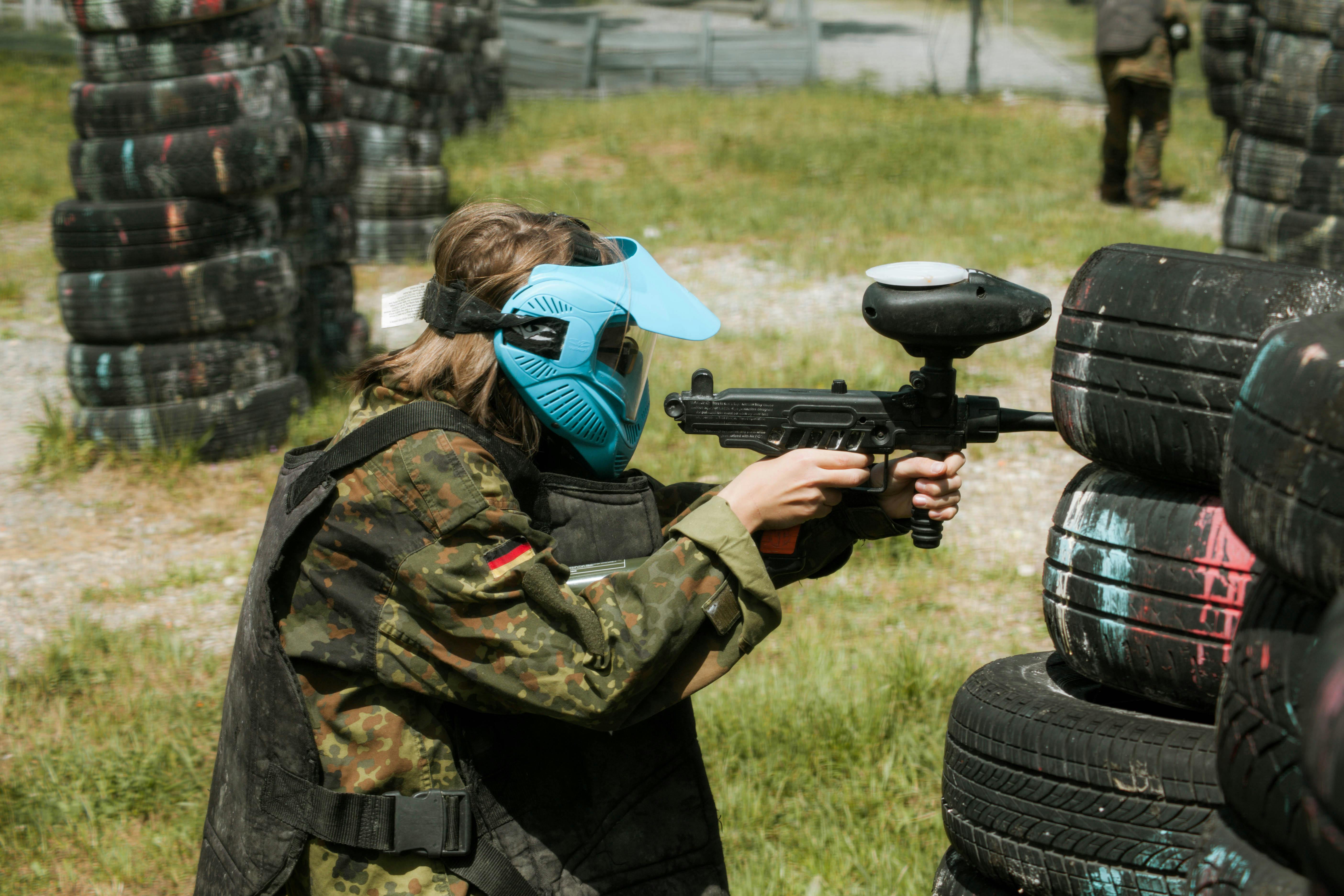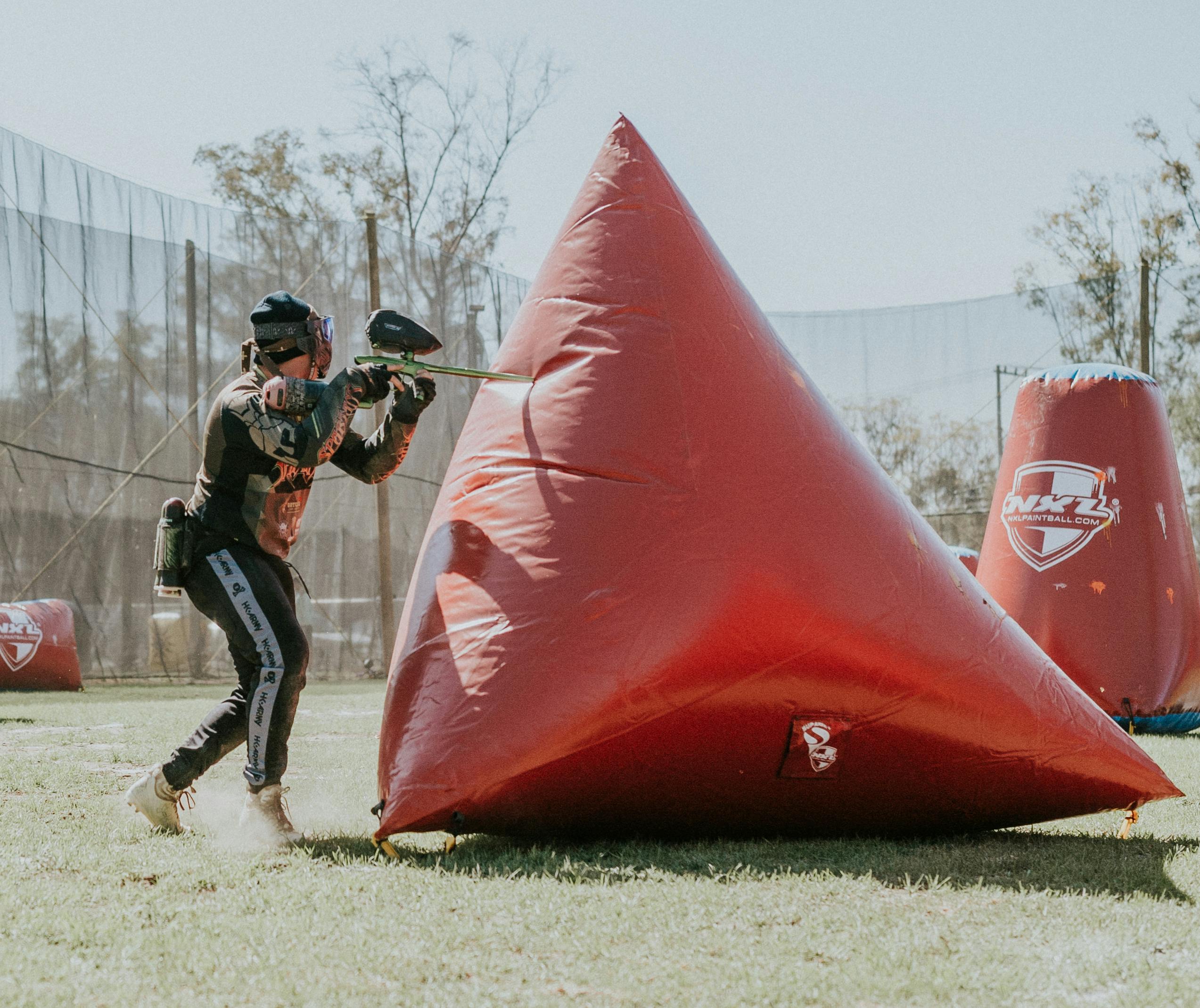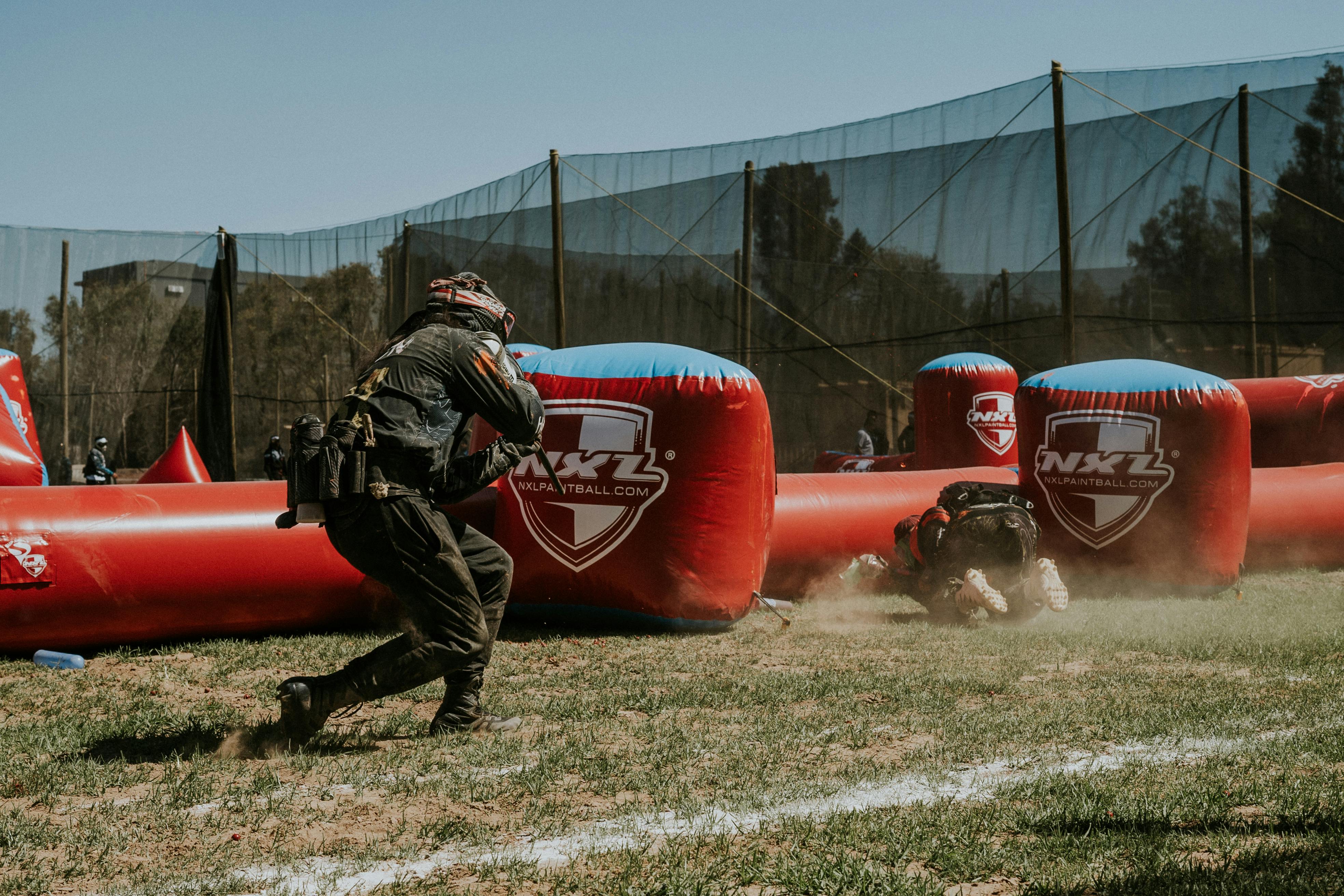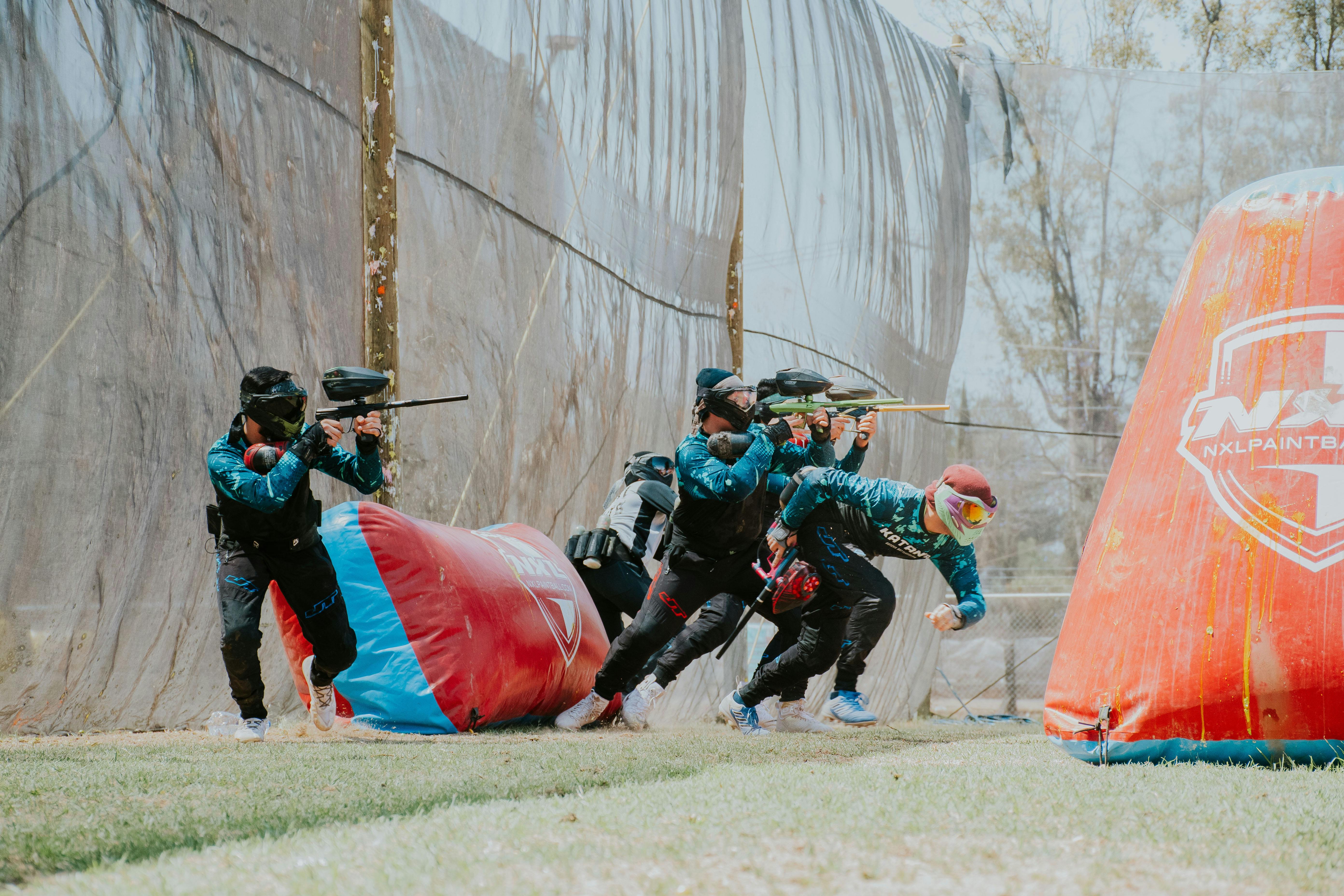7 Essential Factors When Choosing a Paintball Marker for Recreational Play 2025 Guide
As an ER nurse turned paintball strategist, I’ve learned that split-second decisions matter—whether you’re stabilizing a trauma patient or outflanking opponents in a wooded arena. My journey from medical leave to semi-pro tournaments taught me one universal truth: the right gear isn’t a luxury—it’s your lifeline. Let me walk you through what I wish I’d known before my first chaotic match, and how these lessons apply to choosing your ideal paintball marker.
The Muddy Revelation: Why Your Marker Choice Matters
I’ll never forget my first recreational game—a charity event where I borrowed a clunky rental marker that jammed more often than a hospital printer. By the third match, my shoulders burned from its weight, and my fogged goggles turned opponents into blurry shadows. It wasn’t until a teenage field veteran tossed me his backup electronic marker that I understood: recreational play demands equipment that adapts to you, not the other way around.

1. Budget Wisdom: Avoiding the “Cheap Now, Costly Later” Trap
New players often mirror my early mistake—grabbing the cheapest marker to “try out” the sport. But as ER nurses know: false economy kills. A $150 mechanical marker (like the Tippmann Cronus) outperforms $80 big-box store models that crack under winter cold or summer humidity.
Pro Tip: Allocate 60% of your budget to the marker itself, 30% to a thermal lens mask (more on this later), and 10% to backup O-rings. This ratio prevents mid-game failures that plagued my rookie year.

2. Mechanical vs Electronic: The Rhythm of Recreational Play
During wildfire rescue drills, I learned that gear must match operational tempo. The same applies to markers:
Mechanical Markers: No batteries needed, simple maintenance, audible "clunk" feedback.
Electronic Markers: Programmable firing modes, lighter trigger pull, superior performance.
For casual weekend warriors, mechanical models reduce cognitive load—critical when you’re tracking three opponents through dense brush. Save electronics for competitive scenarios requiring rapid semi-auto sequences.

3. Ergonomics: When Your Marker Becomes an Extension of Your Body
Eight months into paintball, I developed “speedball elbow” from hefting a poorly balanced marker. The cure? Switching to a nylon-bodied marker (2.1 lbs) with a rotating foregrip.
Field Test Insight: Grip circumference matters more than you’d think. My teammate Mike—a former pianist—swears by markers with adjustable palm swells. For glasses wearers, ensure the stock doesn’t collide with your goggles.

4. Vision Integration: The Overlooked Game-Changer
During the 2022 Rocky Mountain Invitational, my prescription glasses fogged so badly I nearly eliminated a referee. Traditional fixes failed—anti-fog wipes smeared, contacts dried under helmet fans. The solution came via Overo Glasses’ prescription goggle inserts.
Why This Matters:
- Zero Fogging: Their CR39 lenses with anti-fog coating survived a 3-hour monsoon match.
- Safety Redesigned: Shatterproof PC frame eliminated my fear of lens fractures.
- Universal Fit: Works with my Oakley goggles and Sarah’s budget-friendly JT mask.
One parent in our league summed it up: “My son’s nystagmus used to limit him—now he spots camo patterns I can’t see.” That’s the power of integrating vision tech with marker selection.
5. Maintenance Rituals: Keeping Your Marker Battle-Ready
Recreational markers aren’t “set and forget” tools. My weekly cleaning routine:
- Barrel Swab: After every 500 rounds (prevents accuracy drift).
- O-Ring Check: Before/after temperature swings (prevents air leaks).
- Lubrication: Dow 33 on bolt assemblies (monthly for mechanical, biweekly for electronic).
Proprietary parts? Avoid them. When my first marker’s custom trigger spring snapped, I waited 11 days for replacements. Stick with Planet Eclipse or Tippmann’s standardized components.

6. Upgrade Paths: Future-Proofing Your Fun
Sarah from HR taught me this lesson brutally. She bought a closed-platform marker, then discovered it couldn’t accept aftermarket barrels for woodland vs urban transitions. Now she’s stuck with redundant gear.
Smart Start: Choose markers with:
- Universal barrel threads (Autococker threads dominate the market).
- Tool-less disassembly (for field-side fixes).
- Rail systems for red-dot sights (when you’re ready to advance).

7. The Forgotten Factor: How Eyewear Dictates Marker Mastery
You could wield a $1,000 marker, but without clear vision, you’re just making expensive noise. Three issues plague recreational players:
- Fogged Lenses: Overo’s thermal inserts maintain clarity at -15°C to 40°C.
- Peripheral Blindspots: Their low-profile design preserves 210° FOV.
- Prescription Limitations: Accommodates up to +/-6.00 with 2.00 cylinder.
During last month’s night game, my amber-tinted Overo inserts revealed an opponent’s silhouette against backlit smoke—something standard lenses missed. That’s tactical awareness you can’t buy with marker upgrades alone.

From Frustration to Dominance: My Gear Evolution
My turning point came during a high-stakes CQB tournament. Equipped with a mid-range mechanical marker and Overo inserts, I outmaneuvered electronic marker users through sheer consistency. While their batteries died and lenses fogged, my gear worked as invisibly as a nurse’s hands during intubation.
Final Prescription:
- Invest in a $150-$300 mechanical marker from proven brands.
- Pair it with vision gear that transcends your biological limits.
- Let skill—not specs—dictate your playstyle.
The boy I coached last summer said it best after winning with Overo-equipped goggles: “I finally saw what everyone else sees.” That’s the democratization of performance we all deserve.
Frequently Asked Questions
Why should I prioritize choosing the right paintball marker?
The right paintball marker can greatly enhance your gameplay by ensuring reliability, comfort, and adaptability on the field. Poor marker choices can hinder performance with issues like jamming, discomfort, or lack of features suited for your playstyle.
What’s the difference between mechanical and electronic markers?
Mechanical markers are simpler, don’t require batteries, and are great for casual recreational play. Electronic markers offer advanced firing modes, lighter triggers, and superior performance but are better suited for competitive play due to their complexity.
Why is vision integration important in paintball?
Clear vision directly affects your ability to spot opponents and navigate terrain. Features like fog-resistant goggles or prescription inserts help minimize blind spots, enhance visibility, and improve safety, especially in varying weather or lighting conditions.
How much of my budget should go toward paintball equipment?
Allocate roughly 60% of your budget to your marker, 30% to a quality thermal lens mask for clear visibility, and 10% to backup components like O-rings. This ratio balances durability and preparedness, ensuring smoother gameplay.
What maintenance is required for a paintball marker?
Regular maintenance involves cleaning the barrel, checking O-rings for wear, and lubricating key parts to prevent malfunctions. Avoid markers with proprietary parts to ensure easier access to necessary replacements.
Are upgrades important for paintball markers?
Yes, choosing a marker with upgrade-friendly features like universal barrel threads and rail systems can save you from outgrowing your gear. This allows future improvements to suit different playstyles or settings without needing a new marker.



Share:
Top 5 Paintball Mask Brands Recommended for Safety in 2025
7 Key Differences Between Mechanical and Electronic Paintball Markers in 2025